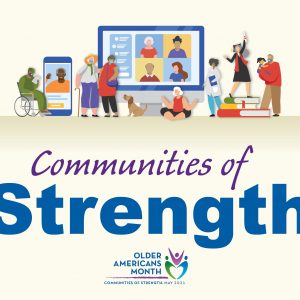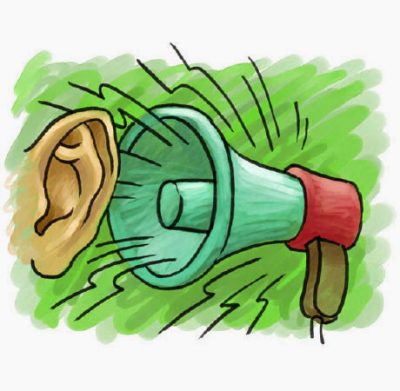 Each May, the Administration for Community Living champions the national observance of Older Americans Month. “Communities of Strength” is the theme for 2021.
Each May, the Administration for Community Living champions the national observance of Older Americans Month. “Communities of Strength” is the theme for 2021.
I can think of no other time in that this theme could be more appropriate as we have witnessed one of the most challenging years in history. Older Americans have proven to be our source of wisdom, strength, perseverance and a model of overcoming difficulties. And I will add that the communities that support older adults have risen to the challenges of creating new ways to engage and build even stronger communities in the face of unprecedented challenges brought on by a global pandemic.
The health and well being of older adults, especially is grounded in connecting with others. It is paramount to the health and well-being of everyone, but especially as we age. Thanks to the Administration for Community Living and other governmental bodies that have collaborated to serve the needs of older adults, we have continued to see more emphasis placed on connection and engagement than ever before. COVID created opportunities for bridging creativity and technology so that older adults, especially those living alone or even in community could continue to engage with others in meaningful ways.
As we all look forward to seeing COVID in our rear view mirrors, what we’ve learned as a body of stakeholders serving older adults, is first and foremost that we have even more ways than ever to strengthen our communities by collaborating with others, using technology and learning to be flexible. We don’t know if and when we will be in a similar position, but chances are we will be much better prepared to serve older adults in times of need.
This is critically important as our older adult population grows at an extraordinary rate. Because we are living longer, more stakeholders will need to work collaboratively and creatively than ever in our history to meet the physical, social, emotional and spiritual needs of an aging population. We will need to broaden our efforts to educate others on important aging issues, so that older adults are not marginalized. We must keep up our efforts to teach and support family members who are caring for older adults and strengthen our aging services’ providers with new policies and training to support the direct care workforce, currently facing monumental challenges.
As we honor our older adults who are the backbone of our society, I hope all Americans will take time this month to reach out to older adults in their own lives who have made a difference, and consider donating needed time, money and resources to community organizations who are working tirelessly to support the needs of older Americans in this country.
Pam Brandon is President/Founder of AGE-u-cate Training Institute and a passionate advocate for older adults and those who care for them. AGE-u-cate is a global organization dedicated to developing innovative and effective training for professional and family caregivers.

